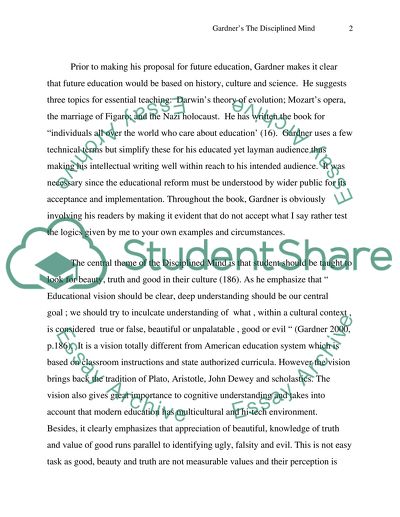Cite this document
(“Howard Gardner's The Disciplined Mind Book Report/Review”, n.d.)
Retrieved from https://studentshare.org/miscellaneous/1521876-howard-gardners-the-disciplined-mind
Retrieved from https://studentshare.org/miscellaneous/1521876-howard-gardners-the-disciplined-mind
(Howard Gardner'S The Disciplined Mind Book Report/Review)
https://studentshare.org/miscellaneous/1521876-howard-gardners-the-disciplined-mind.
https://studentshare.org/miscellaneous/1521876-howard-gardners-the-disciplined-mind.
“Howard Gardner'S The Disciplined Mind Book Report/Review”, n.d. https://studentshare.org/miscellaneous/1521876-howard-gardners-the-disciplined-mind.


